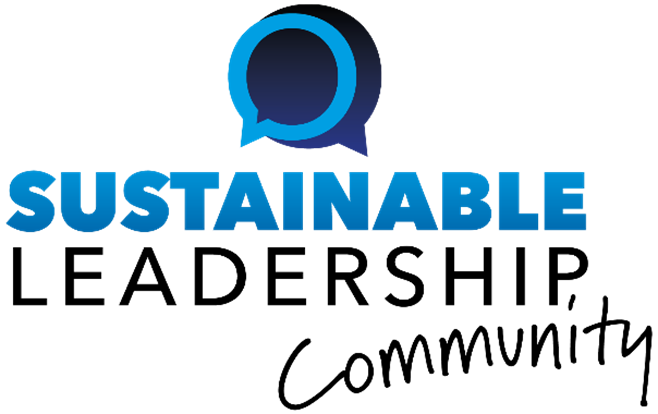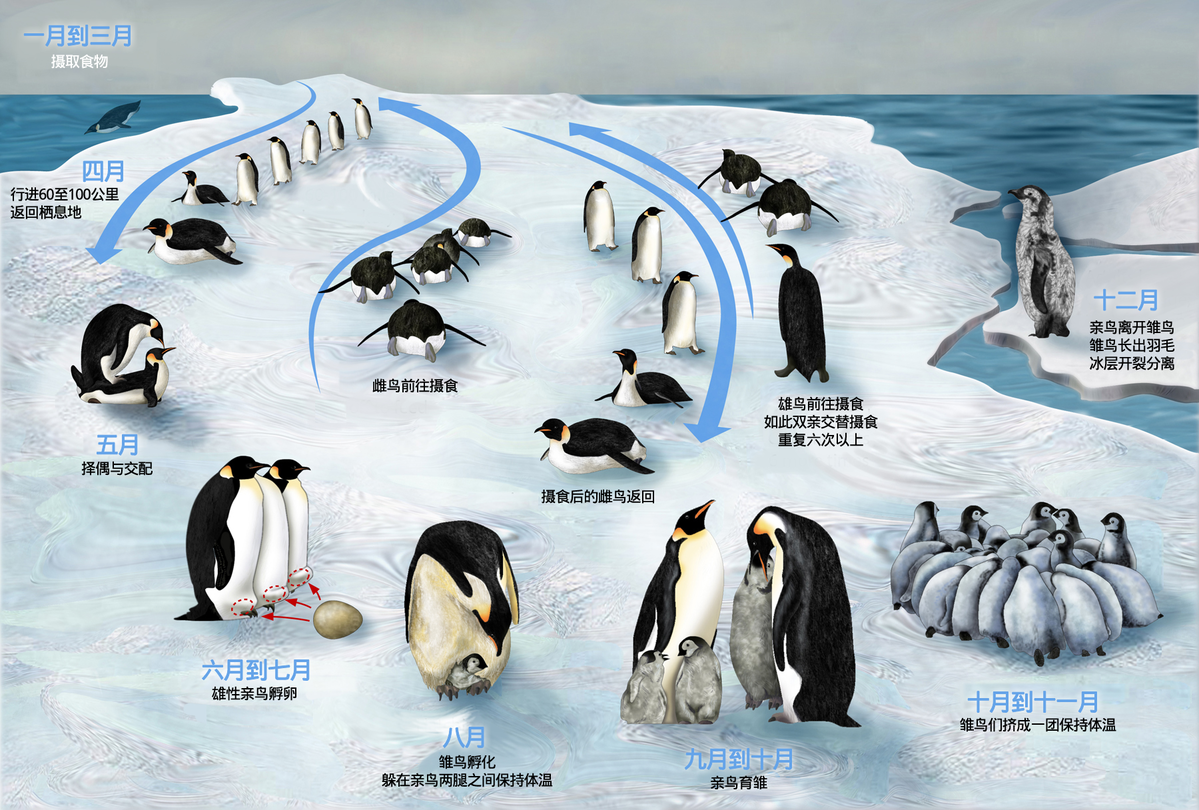KEY CONCEPT
Emerging markets such as India or China represent lucrative new markets but also present a set of challenges, including lower income customers, poor infrastructure and poor service availability. There are three fundamentally different types of product and service innovation that can serve these markets: cost, frugal and good-enough innovation. Understanding the differences can help companies choose the right emerging market product innovation strategy for them.
IDEA SUMMARY
It is hard to resist the pull of emerging markets, such as India and China. Given the immense population in such countries, even the small percentage of the total population that can be considered ‘middle class’ represents huge markets for companies in developed countries. And this new emerging-market middle class is only growing.
Succeeding in such markets, however, is a challenge. Even middle class customers have much lower incomes that in more developed economies. These customers are further ‘resource-constrained’ by poor public and private infrastructure and poor service availability.
What is the best strategy for capturing these customers and thus emerging victorious in what some call “the next global battleground”? Some might argue that redesigning an existing product to make it drastically cheaper is the best approach; others argue for creating entirely new products or services specifically designed for the emerging markets. The various innovation strategies for emerging markets are promoted by researchers and managers under a variety of names, including cost innovation, good-enough innovation, frugal innovation, resource-constrained innovation, trickle-up innovation, and perhaps most famously reverse innovation. These names are often used interchangeably, adding to the confusion.
A team from the University of St Gallen cuts through the thicket by proposing that there are only three distinct types of resource-constrained innovation:
Cost Innovation: In this case, the manufacturer lowers the cost of making the product so that the product can be sold at a cheaper price, while still maintaining the functionality of the original product. For example, Chinese manufacturers can produce products at a lower cost because of cost advantages such as lower wages. Another example involves the production of lithium-ion batteries, produced in expensive ‘dry rooms’ in the west, but produced less expensively by a Chinese manufacturer at ambient temperatures.
Good-Enough Innovation: Good-enough innovations also leverage cost-advantages in emerging markets to reduce prices. However, in addition to simply reproducing the same product at lower costs, good-enough innovation further reduces costs by adapting or reengineering the product to meet the specific needs of emerging market customers. Logitech’s wireless computer mouse M215 reduces costs by using less expensive materials for non-critical parts and less expensive packaging; at the same time, the mouse also offers simple core functions that are ‘good enough’ to meet the needs of customers in emerging markets. The challenge with good-enough innovation is to know which non-value-added functions can be eliminated and which value-added functions must be kept to ensure that customers are satisfied.
Frugal Innovation: Unlike cost innovation and good-enough innovation, frugal innovation describes products that are developed specifically for resource-constrained markets. One example is GE’s Logiq Book, which is a simple portable ultrasound device specifically designed for doctors, serving rural patients in emerging economies. It doesn’t have all the functions of a traditional ultrasound machine, but it is much smaller and lighter, and boasts a price that is 20% of the traditional machine’s price.
Reverse innovation, a hot topic in the conversation about emerging market innovation, is a market concept, not a product concept. Reverse innovation refers to the sale of products developed for emerging markets — whether through cost, good-enough or frugal innovation — and then sold in developed markets. The Logiq Book, now sold in developed markets, is one example of reverse innovation.
BUSINESS APPLICATION
Which is the best emerging market product innovation strategy for your company? The answer lies in matching the technological and organizational capabilities of your company with the capabilities required by the different types of innovation.
The success of cost innovation, for example, depends on process capabilities, notably the ability of your company to manage production facilities in low-cost areas of the world. Some process capabilities are more complex than simply planting a factory in a low-cost region; the lithium battery example mentioned above was possible due to development capabilities that allowed the battery to be produced at ambient temperature.
Good-enough innovation must go beyond simply cutting production costs. The core capabilities involved here are the ability to understand the customers well-enough to know what adds value and what doesn’t — and then having the technological capability to create the product based on those customer parameters. Logitech created a low-cost computer mouse that still had state-of-the-art transmission and laser sensors: many customers use their computers as televisions (and thus the mouse as a remote control), which required that the mouse on a variety of surfaces and that it’s shielding was robust enough to avoid interference from other remote controls.
Frugal innovation is the most challenging in terms of production and organizational capabilities. Because the products are completely new, they are not built on any previous knowledge about customer use or preferences. Manufacturers must start from scratch in determining what their emerging customers need; marketing capabilities (in addition to product development capabilities) are also key to the success of the new product. For its portable ultrasound, GE set up a local team to learn about the needs of rural patients; it also set up a dedicated sales team for the target buyers: rural hospitals in China.
GE has the capabilities for such an in-depth commitment to the development of a new emerging product. Managers would do well to choose the emerging market product innovation strategy that best matches their own organizational and development capabilities.
REFERENCES
From Cost to Frugal and Reverse Innovation: Mapping the Field and Implications for Global Competitiveness. Marco B. Zeschky, Stephan Winterhalter & Oliver Gassmann. Research Technology Management (July 2014). DOI: 10.5437/08956308X5704235











